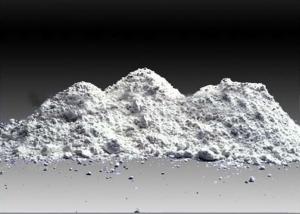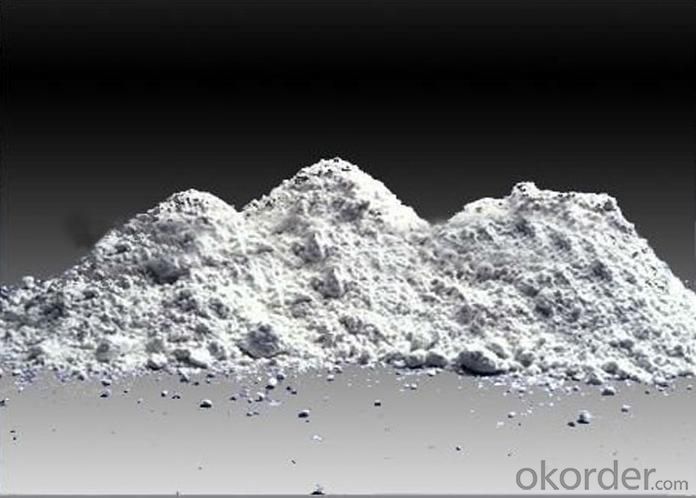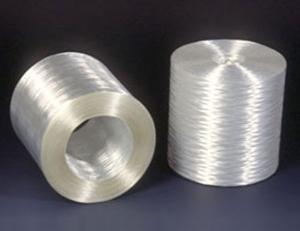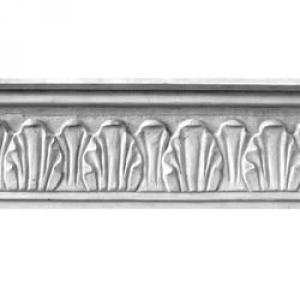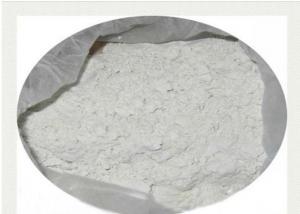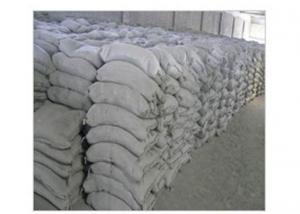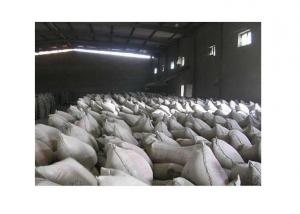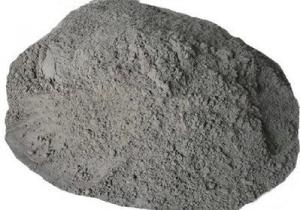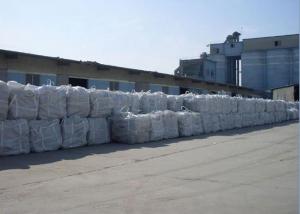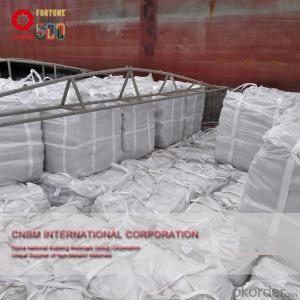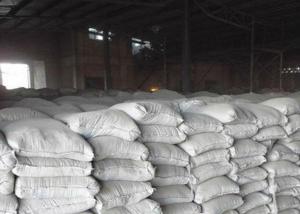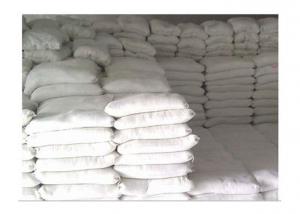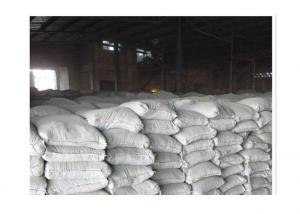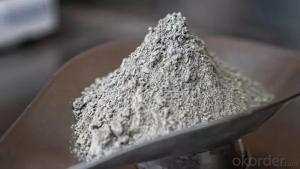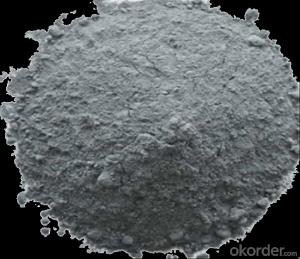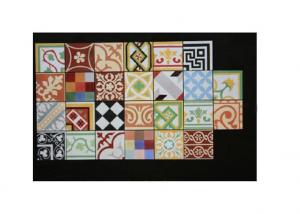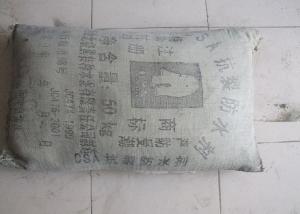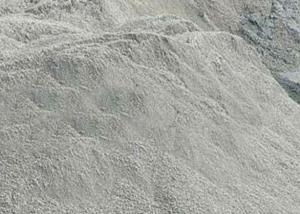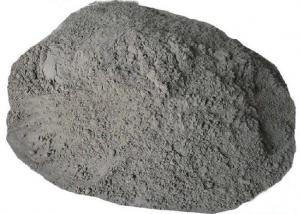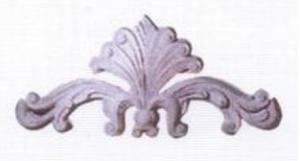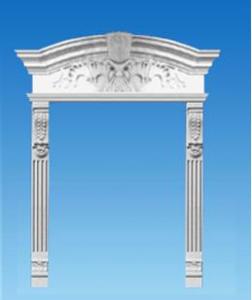Ordinary Portland Cement with High Quality
- Loading Port:
- China Main Port
- Payment Terms:
- TT or LC
- Min Order Qty:
- 1000 Tons bag
- Supply Capability:
- 200000 Metric Tons per Month bag/month
OKorder Service Pledge
Quality Product, Order Online Tracking, Timely Delivery
OKorder Financial Service
Credit Rating, Credit Services, Credit Purchasing
You Might Also Like
Grade: 42.5
Type: CEM-l
COMMODITY: CEMENT
DESCRIPTION :OPC 42.5 (CEM-l, PORTLAND CEMENT)
SPECS:
| MAIN TYPE | CEM-l |
| TYPE OF CEMENT | PORTLAND CEMENT |
| CLINKER % BY MASS | > 95.00% |
| GYPSUM BY MASS% | < 5.00% |
| ADDITIVES% | NIL |
- Q: Like peanuts look like building materials, very light and mixed with the use of cement.
- Gray color is right (mostly gray, and some red)? This is a ceramic, a light material, the appearance is very hard, there are a lot of holes, so their relatively light Is used to do arbitrage concrete, generally used in the bathroom and other parts, to reduce the weight of the floor. However, now we rarely use this material here, I was in . when seen Chuang cut demolition waste belly sand pesto very useful. From the beginning of . I contacted some of the pipes (concrete, hollow, specific name forgotten, but also poured in the concrete inside to reduce their weight).
- Q: How much to fix cement steps?
- Use the Following Steps to fix cement steps : Remove Loose Pieces and Debris Pressure Wash the Cement Tape Off the Edges Prepare the Cement Patch Mix Apply the Cement Mix Fill the Holes Add a Second Coat Create a Wetter Consistency Spray Water Use a Cement Finishing Broom Work the Cement Into the Pores Add the Skim Coat Shape the Rounded Portions
- Q: im retieling my bathroom floor some of the old cement board is coming but not all of it .Can i just put a layer of thin set over it and then build up where i did get the cement board off?
- If its 1/2 cement board you should use a better cement product than thin set. Thin set isn t meant to be used 1/2 thick. Couple of options.. Finish taking it out (PIA I know) , repair what you ve ripped out so far, or use thin set in two pours so it isn t as thick in one pore. Let it dry a couple (several) days. This allows all the moisture to leave and no other shrinkage will occur.. You still may have to do another smooth coat to make it flat.. Depends on how big this repair is.. Thin set, in a large area, loses its compression strength and will crumble over time.. No one can really say because you don t say the size of area to be done.. Any questions you can e mail me through my avatar and check my qualifications there. GL
- Q: it's all in a 5 gallon bucket and the cement is level with the top. I plan on moving in the next 6 months so the pole needs to be mobile.
- If what you are asking is how long before I can move the bucket and pole? The answer is about two days after it was installed. Cement setting or curing is a chemical reaction and the majority of it is done within two days of mixing and pouring. It will reach approximately 85 to 90% of total cure in about one week, but for it to be totally cured could take years. Ten year old cement is harder than eight year old cement which is harder than four year old which is harder that one year old, etc. In the remodeling business, old concrete stairs and porches are a pain in the *** to remove. Most of the time if we thought that they were more than ten years old we would call in the back hoe to tear them out, other wise we used sledge hammers.
- Q: When installing fence posts for a 6 foot high privacy fence, I have gotten a few different inputs reference cement. Specifically, should what would you recommend and why: 1) dry pack cement into the hole and don't add water (let nature do it over time; does this jeopardize the plum of the posts initially); 2) dry pack cement into the hole and then add some water; 3) premix and then add to the hole; or 4) use quick drying cement.
- Home Depot Fence Post
- Q: I went to Home Depot and they said there was no such thing, all cement bags have rocks, is this true? If I went to Home Depot to buy a bag, what would it say on the bag?
- Cement is a term specifically used to describe one ingredient of either concrete or in other flavors sand mix or mortar mix. Its full name is portland cement to differentiate it from any other type of glue which may also be referred to as cement. Generally you select any product based upon the application. Rocks add strength to a concrete mixture. You have a reason for not wanting any rocks. If you are trying to glue bricks or cement blocks together you would use a mortar mix. (Although if you were not concerned about fire I have seen a quick wall with cement blocks and construction adhesive.) If you are trying to fill in a smallish hole in a sidewalk you might use a sand mix or a concrete leveler. If you are trying to fill in low spots in a sidewalk you might use a concrete leveler like Top Bond.If you are trying to fill in around rods or handrails you might use an anchoring cement. If you are trying to fill in a hole or crack against water you would use a hydraulic cement. For top coats on walls you might use a mortar mix or several other commercial preparations. Of all of these the hydraulic cement has the finest particles with a top coater like topbond coming a close second. It is virtually clay that hardens quickly. If you go back to the depot instead of a masonry yard let them do what they know best: describe their products. Just tell them what you are trying to do. There are also preparations that use a non mineral based filler instead of sand. I recently saw very light cement blocks in Europe, but they have a problem of soaking up a lot of water. Structo-light might be one such product.
- Q: on my way to work i drove by a cement truck that was pouring the cement to lay new side walk is that bad is there anything in the air that i can get from that or any sort of skin reaction
- I wouldn't worry about it, unless you stuck your head right by it and took in huge breaths of it, you'll be fine.
- Q: Who likes the smell of fresh cement?
- what does it smell like?
- Q: hi i know how cement is made. my main question is when do we use cement entirely? for instance, concrete is used to make roads etc. similarly, in constructing a 10 floor building, do we concrete in all the 10 floors or is concrete used only in foundation and pilings/pillars etc? is cement used only as a smoothing agent or as binding agent in making brick walls etc.thx
- you use concreted to cover a person in.. You use cement to make shoes for a person out of tide boxes then you throw them in the water...
- Q: if i filled a balloon with air, covered it with cement, waited a few hours, deflated the balloon, pulled the balloon out, could i create a hollow cement sphere?????
- My guess would be no. Cement hardens by chemical reaction to water and the curing cycle generates heat. I would wager that a latex balloon would not be able to withstand the heat.
We specialize in manufacturing such products as Plastic Foaming Machines, Packing Machinery, Pulp Moulding Machinery, and so on with about 30 years' experience. Our enterprise management concept is based on innovation, excellent quality and skilled workmanship.We sincerely hope to cooperate with friends from at home and abroad and help you succeed with our profession.
1. Manufacturer Overview
| Location | Shandong,China (Mainland) |
| Year Established | 2011 |
| Annual Output Value | US$10 Million - US$50 Million |
| Main Markets | North America; South America; Eastern Europe; Southeast Asia; Africa; Oceania; Mid East; Eastern Asia; Western Europe; Central America; Northern Europe; Southern Europe; South Asia |
| Company Certifications | ISO 9001:2000;CE |
2. Manufacturer Certificates
| a) Certification Name | |
| Range | |
| Reference | |
| Validity Period |
3. Manufacturer Capability
| a) Trade Capacity | |
| Nearest Port | Qingdao PORT, Yantai port, Shanghai port |
| Export Percentage | 91% - 100% |
| No.of Employees in Trade Department | Above 50 People |
| Language Spoken: | English, Chinese, Spanish, Japanese, Portuguese, German, Arabic, French, Russian, Korean, Hindi, Italian |
| b) Factory Information | |
| Factory Size: | 1,000-3,000 square meters |
| No. of Production Lines | 10 |
| Contract Manufacturing | OEM Service Offered |
| Product Price Range | High and/or Average |
Send your message to us
Ordinary Portland Cement with High Quality
- Loading Port:
- China Main Port
- Payment Terms:
- TT or LC
- Min Order Qty:
- 1000 Tons bag
- Supply Capability:
- 200000 Metric Tons per Month bag/month
OKorder Service Pledge
Quality Product, Order Online Tracking, Timely Delivery
OKorder Financial Service
Credit Rating, Credit Services, Credit Purchasing
Similar products
Hot products
Hot Searches
Related keywords
